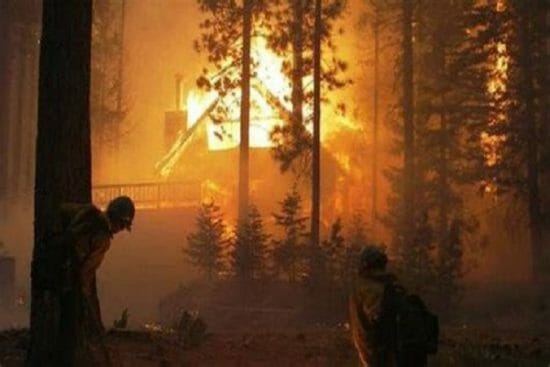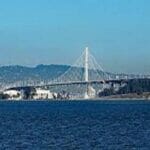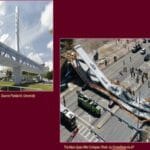- Course No E – 1508
- PDH Units 8.00
No data found for Custom Course Number
No data found for Custom Course Units
- Course No E – 1508
- PDH Units 8.00
Intended Audience: all engineers
PDH UNITS: 8
Wildfires are a common, natural, and essential occurrence in the forests, woodlands, brushlands, and grasslands of the United States and Canada. When conditions are acceptable, fire professionals use fire to revitalize the ecosystem and reduce accumulated vegetation that can fuel a wildfire under certain conditions. Although the severity and timing of fire seasons vary widely from region to region, wildfires often pose a threat to lives, property, and resources. During an average fire season, hundreds of homes are damaged or destroyed by wildfire, and in extreme fire conditions, thousands of homes can be damaged or destroyed. Severe fire weather in areas with significant amounts of wildland fuels can lead to extreme fire behavior. Wildland fuels vary throughout the United States. In the Pacific Northwest and the Lake States, forests are the predominate wildland fuel. In southern California, chaparral brush predominates. The plains states have grass and oak woodlands, New Jersey has Pine Barrens, and the southeast has pine and hardwood forests. Wildfires can damage buildings through direct flame contact, convection (heat that rises from a fire and creates a smoke column), conduction (heat that transfers through material such as metal roofs and railings), and radiation (heat from a fire next to the building). Wildfires can also create burning embers that rise in the smoke column and fall on buildings. Firebrands (large pieces of wind-driven, burning material) can be blown through windows or lodged against a building and lead to ignition of the building. Traditional efforts to protect buildings from wildfires have focused on fighting the fire before it reaches the buildings. With the expansion of residential construction into previously undeveloped forests and wildlands, more buildings are now at risk from wildfires. Fighting or suppressing the fire is often difficult or impractical; buildings must therefore also be constructed to be fire-resistant. No building can be completely fireproof, but implementing the recommendations that are described in this course can greatly reduce the potential for damage to a building and greatly increase its chance of survival. This course is based on the FEMA publication “Homebuilder’s Guide to Home Construction in Wildfire Zones”.
Learning Objectives
- Understanding the hazards associated with homes located in wildfire zones;
- Being able to prioritize fire resistant construction;
- Knowing how to make fire resistant construction recommendations;
- Knowing how to select construction sites to minimize wildfire hazards;
- Understanding the exposure of roofs to wildfire hazards;
- Understanding the exposure of eaves to wildfire hazards;
- Understanding the exposure of overhangs to wildfire hazards;
- Understanding the exposure of soffits to wildfire hazards;
- Understanding the exposure of exterior walls to wildfire hazards;
- Understanding the exposure of vents to wildfire hazards;
- Understanding the exposure of gutters and downspouts to wildfire hazards;
- Understanding the exposure of windows and skylights to wildfire hazards;
- Understanding the exposure of exterior doors to wildfire hazards;
- Understanding the exposure of foundations to wildfire hazards;
- Understanding the exposure of decks and other attached structures to wildfire hazards;
- Understanding the use of fire sprinklers to protect homes;
- Knowing how to protect utilities and exterior equipment from wildfires;
- Being able to evaluate community infrastructure pertaining to wildfires;
- Knowing how to evaluate topography to protect homes from wildfires;
- Knowing how to manage vegetation to protect homes from wildfires;
- Being introduced to the concept of defensible spaces in a wildfire zone; and
- Knowing the basic concepts of preparing a home for wildfires.
Once completed, your order and certificate of completion will be available in your profile when you’re logged in to the site.
Ethics Courses

E – 1775 “Conflict of Interests” Corrupts Engineering and Endangers Public Safety- The Case of the New SAS Bay Bridgeby Dr. Abolhassan Astaneh-Asl, Professor Emeritus. Ph.D., PE

E – 1840 Engineering Ethics: The Collapse of the FIU Pedestrian Bridge. Design & Ethical Failuresby Dr. Abolhassan Astaneh-Asl, Professor Emeritus. Ph.D., PE










